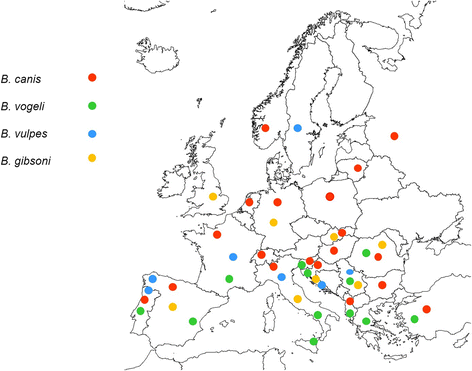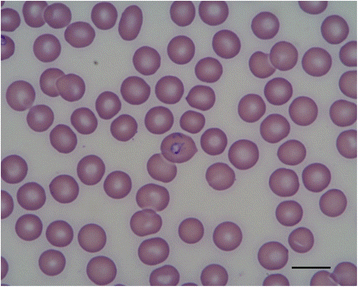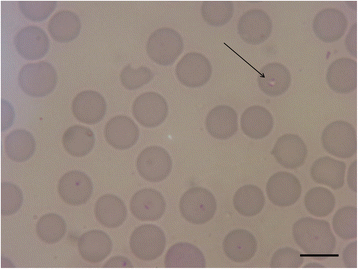A review of canine babesiosis: the European perspective
- PMID: 27289223
- PMCID: PMC4902949
- DOI: 10.1186/s13071-016-1596-0
A review of canine babesiosis: the European perspective
Abstract
Canine babesiosis is a significant tick-borne disease caused by various species of the protozoan genus Babesia. Although it occurs worldwide, data relating to European infections have now been collected for many years. These data have boosted the publication record and increased our working knowledge of these protozoan parasites. Both the large and small forms of Babesia species (B. canis, B. vogeli, B. gibsoni, and B. microti-like isolates also referred to as "B. vulpes" and "Theileria annae") infect dogs in Europe, and their geographical distribution, transmission, clinical signs, treatment, and prognosis vary widely for each species. The goal of this review is to provide veterinary practitioners with practical guidelines for the diagnosis, treatment and prevention of babesiosis in European dogs. Our hope is that these guidelines will answer the most frequently asked questions posed by veterinary practitioners.
Keywords: Babesia; Babesiosis; Canine; Consensus; Guideline.
Figures





References
Publication types
MeSH terms
LinkOut - more resources
Full Text Sources
Other Literature Sources

